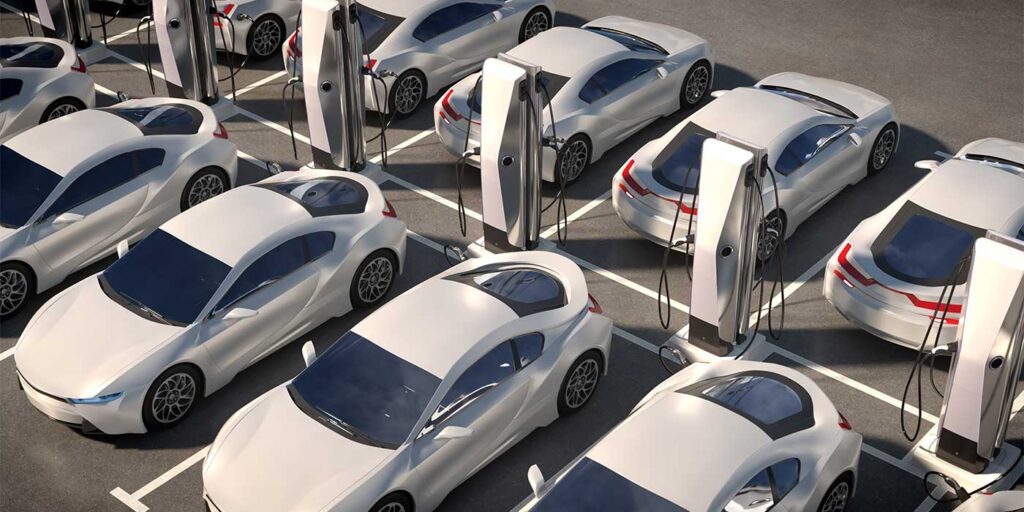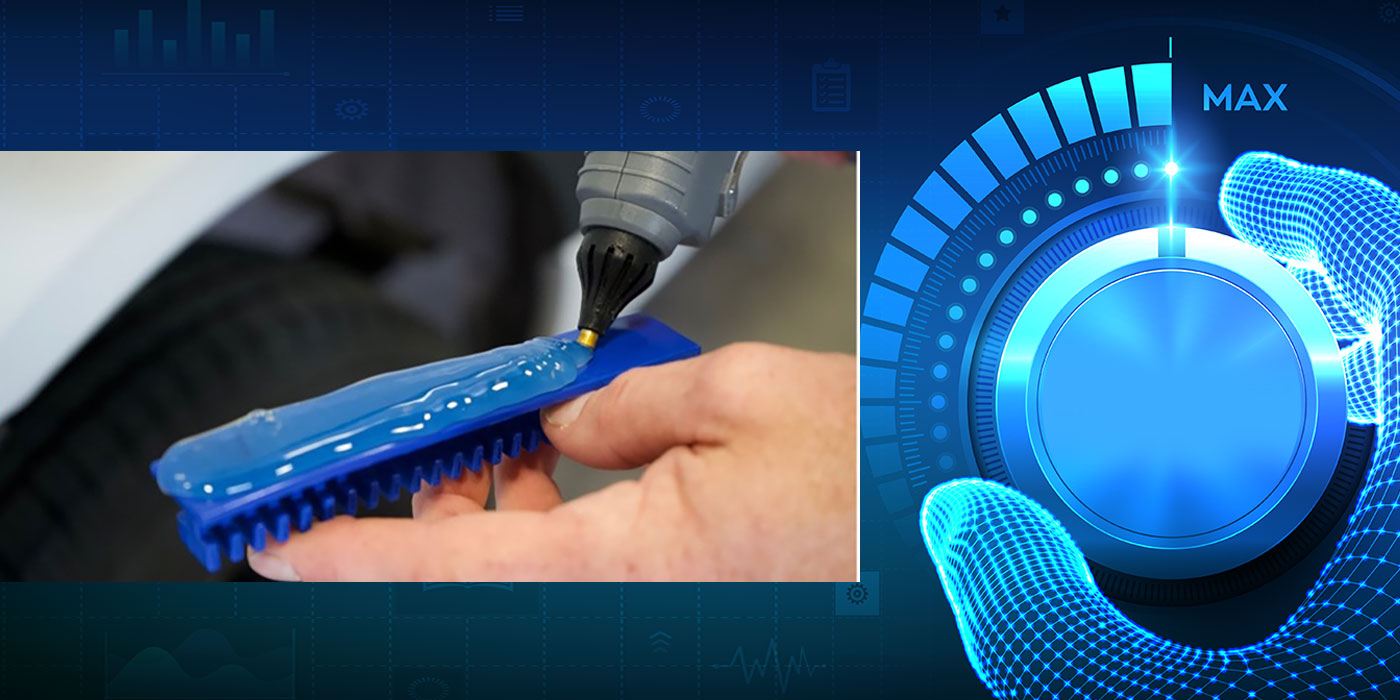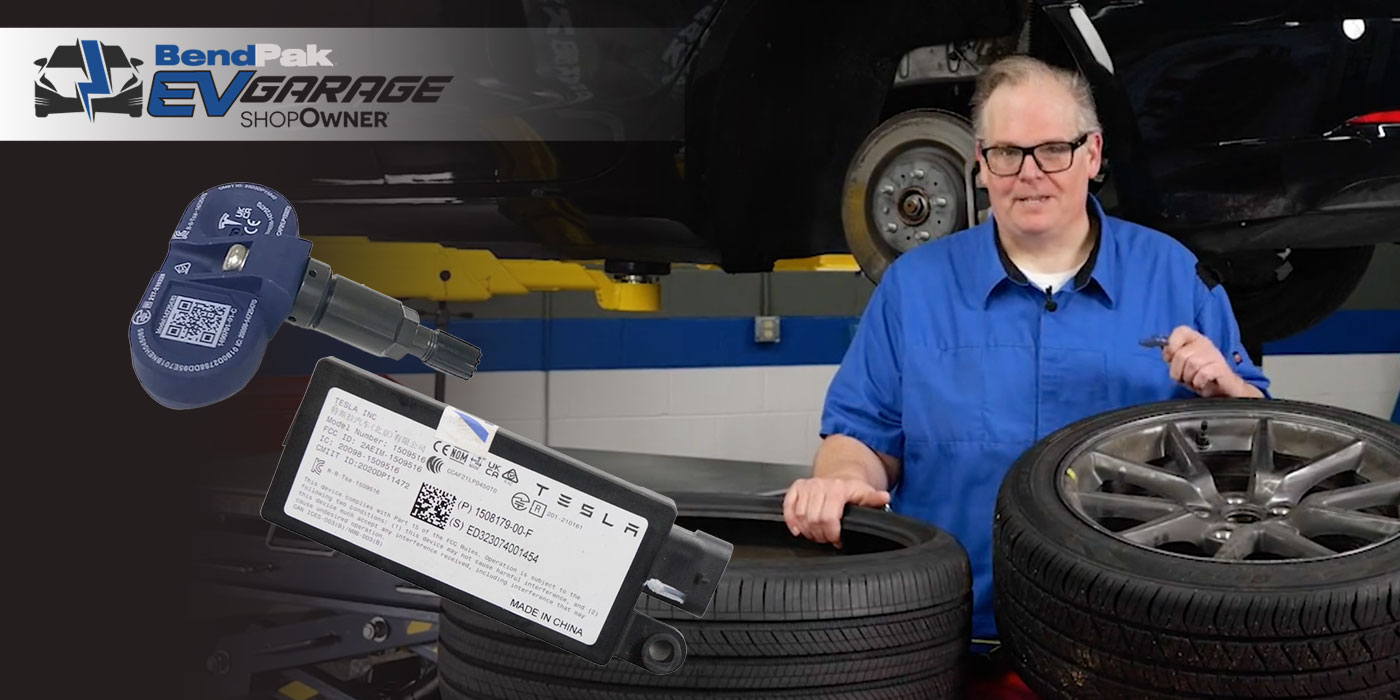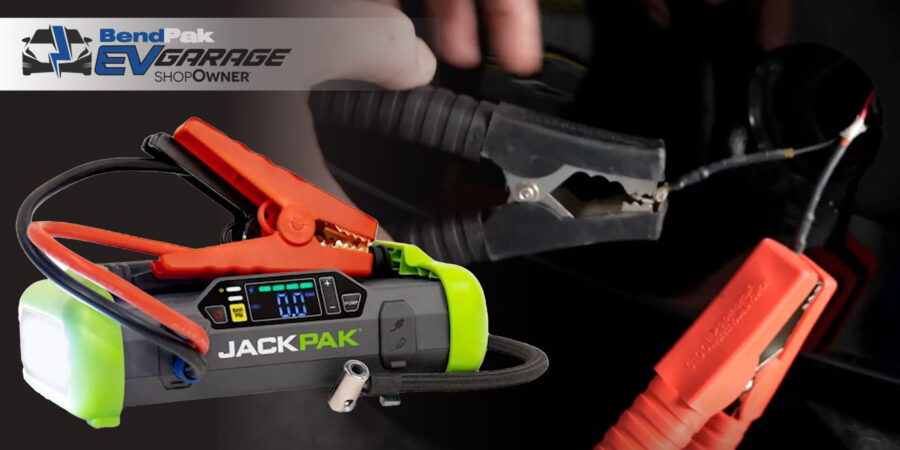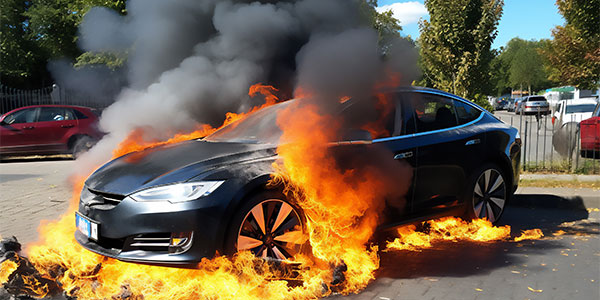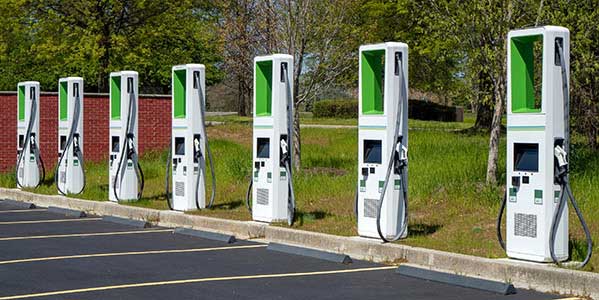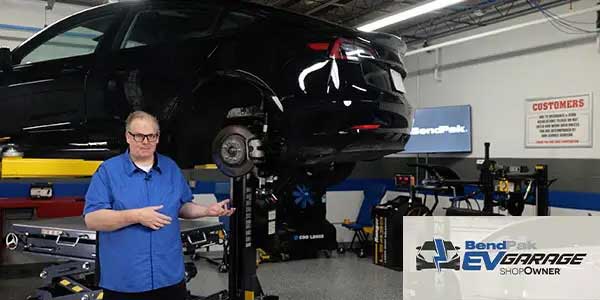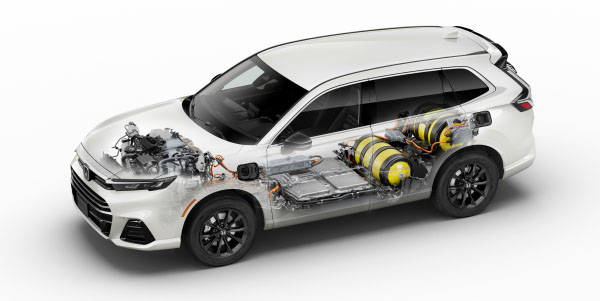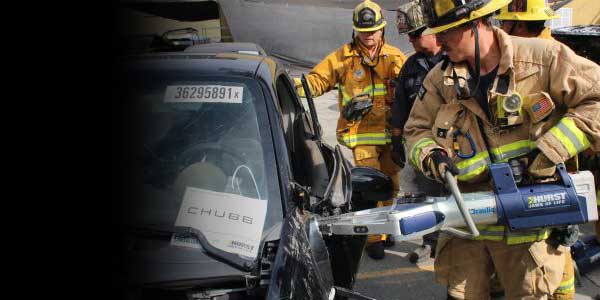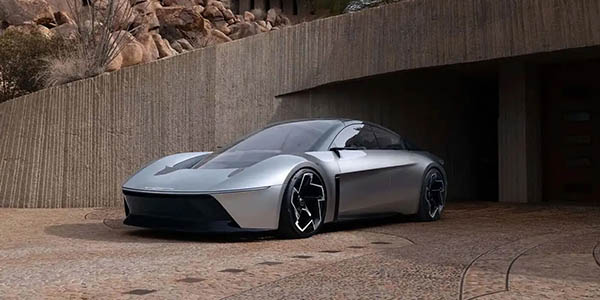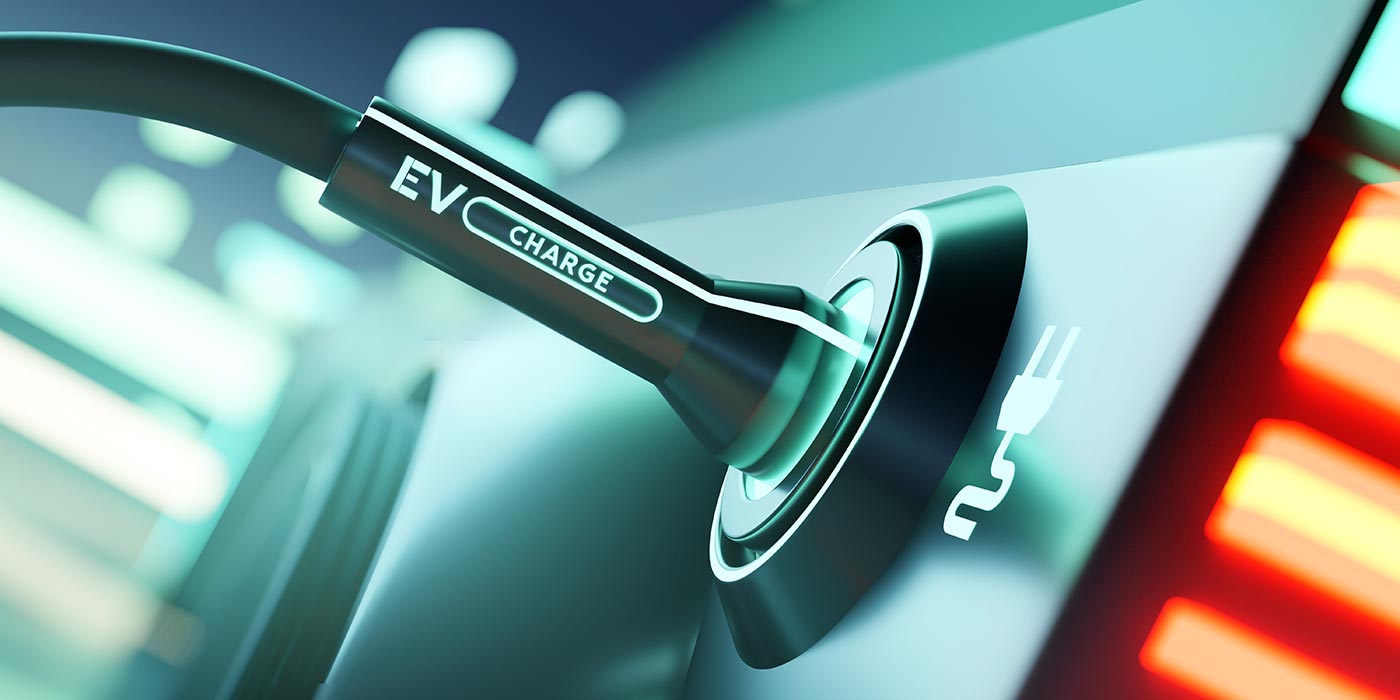To achieve a complete, safe and quality repair, pre- and post-repair scanning must be part of your battery electric vehicle (BEV) and hybrid electric vehicle (HEV) collision repair process. This step should always be performed — no exceptions.
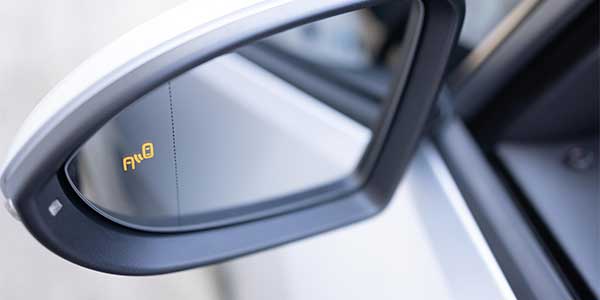
Today’s BEV/HEV vehicles represent a fascinating and complex labyrinth of advanced technology, including robust electrical systems that are far more sophisticated than the eye can see. The integration of advanced driver-assistance systems (ADAS) makes them truly computers on wheels and, much like our phones/mobile devices, they’re constantly being upgraded. ADAS features — many which are now standard in today’s vehicles — range from blind-spot detection to lane-change assistance and so much more. And, through sleek design considerations, they’re often hidden in plain view.
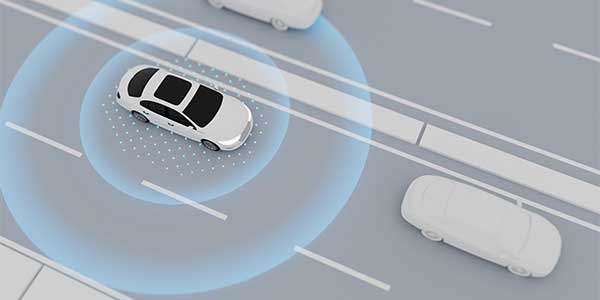
Proper pre- and post-repair scanning will assist with damage identification and subsequent repairs of these important ADAS features. As scanning vehicles and calibration of ADAS have been much-discussed topics throughout the collision repair industry, let’s first understand the differences between these functions and how that impacts collision repairs.
Calibration
A post-repair calibration, often referred to as aiming, module setup, relearn, zero-point calibration, initiation or calibration, is a required step following the removal, installation and/or repair of many safety and driver convenience system parts or ADAS.
Scanning
Often referred to as pre-repair scan, pre-scan or health scan (capturing codes), this is a step in the damage analysis/blueprinting process used to identify errors, faults and/or damage related and unrelated to the collision. While a post-repair scan/post-scan (identifying/clearing codes) is a quality control process function used to ensure all vehicle system diagnostic trouble codes (DTCs) (related to the collision or loss at hand) and those set during the repair have been properly addressed and cleared, DTCs determined to be unrelated to the collision should be documented, reviewed with the customer and addressed as appropriate prior to returning the vehicle to the owner.
Special considerations should be given to EV scanning, especially when the vehicle experienced a collision. To scan an HEV/BEV, you have to switch on the ignition, a step that is a bit different than turning on the ignition for a combustion vehicle.
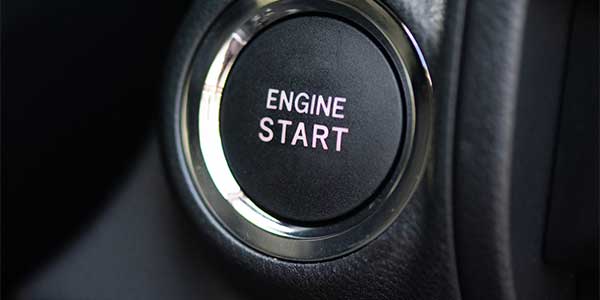
The EV has the traditional ignition mode where your display lights up. This happens when you engage the vehicle start button without pushing the brake pedal. In this mode, you cannot drive the vehicle because the high-voltage contactors in the battery are still open and the system is not live. The advantage of this mode is that you can scan the vehicle with no high-voltage danger, which I always recommend. The second mode is called the ready mode. In this case, the driver pushes the start button with the foot on the brake. The vehicle display will show “ready.” This means the battery contactors are closed and the system is live. Especially if the vehicle was in an accident, I would avoid this mode because it could have life-threatening consequences. Some EVs may have a limited accessory mode on initial ignition switch push with no brake pedal application.
Avoiding Confusion
Collision industry terms can often be interpreted more than one way, and that can lead to confusion. For example, if you send a vehicle out to a sublet vendor and say, “It just needs a scan,” the sublet vendor may simply plug in the scan tool and clear codes, then return the vehicle as complete without performing the appropriate diagnostics. In addition, many ADAS sensors/modules do not know they were replaced or that any calibration is required, so you’ll need to make your sublet vendor aware of the calibrations required.
To prevent confusion, start with an original equipment manufacturer (OEM) calibration requirements search to identify the ADAS parts that will require calibration when repair operations occur that affect them. Next, you’ll need to provide a detailed list of all the processes that need to be completed — better still if the list includes the actual OEM procedure the vehicle needs. This will eliminate a lot of confusion around what needs to be done while improving cycle time for all involved.
EV Scanning Tooling & Equipment
How can you be assured the scans you perform are accurate? This begins with properly working and updated tooling and equipment. Whatever equipment you use — and some OEMs can be very specific about scanning equipment — it’s important that you go through regular checks and balances to ensure all scanning tooling and equipment is working properly. Many manufacturers have frequent and automatic software updates. Also, it’s a good practice to power on/off your equipment daily.
Get Stuck?
Like many new advances, experience is the best teacher for building confidence and competence, and that comes with expert training. And, training continues to evolve as OEM repair procedures are updated based on new models, materials, repair techniques, etc.
When following proper OEM repair procedures, including pre- and post-repair scanning, questions or issues can arise. I-CAR’s Repairability Technical Support (RTS) portal was designed to be that real-time resource for the industry, with its team of technical experts fielding your inquiries via “Ask I-CAR.” It’s easy and free to access RTS; you’ll even find a real-time “leaderboard” of the top 10 trending OEM-specific repair questions as well as general repair questions. It’s all in an effort to help the industry perform “complete, safe and quality repairs for the ultimate benefit of the consumer.”
Test Driving an EV
Ever been behind the wheel of an EV? As EVs continue to share our roads and neighborhoods, these vehicles will become more commonplace. Whether you have the key fob to one or not, I encourage you to connect with friends/family members to enjoy some time on the road in one. It’s a totally different “lens” than most of us in the industry experience and is helpful to gain more confidence and insights in our EV world.
Training
I-CAR continues to offer an evolving list of relevant and robust EV courses. For the latest course additions, as well as complimentary resources, visit: https://info.i-car.com/electric-vehicles#Courses.

